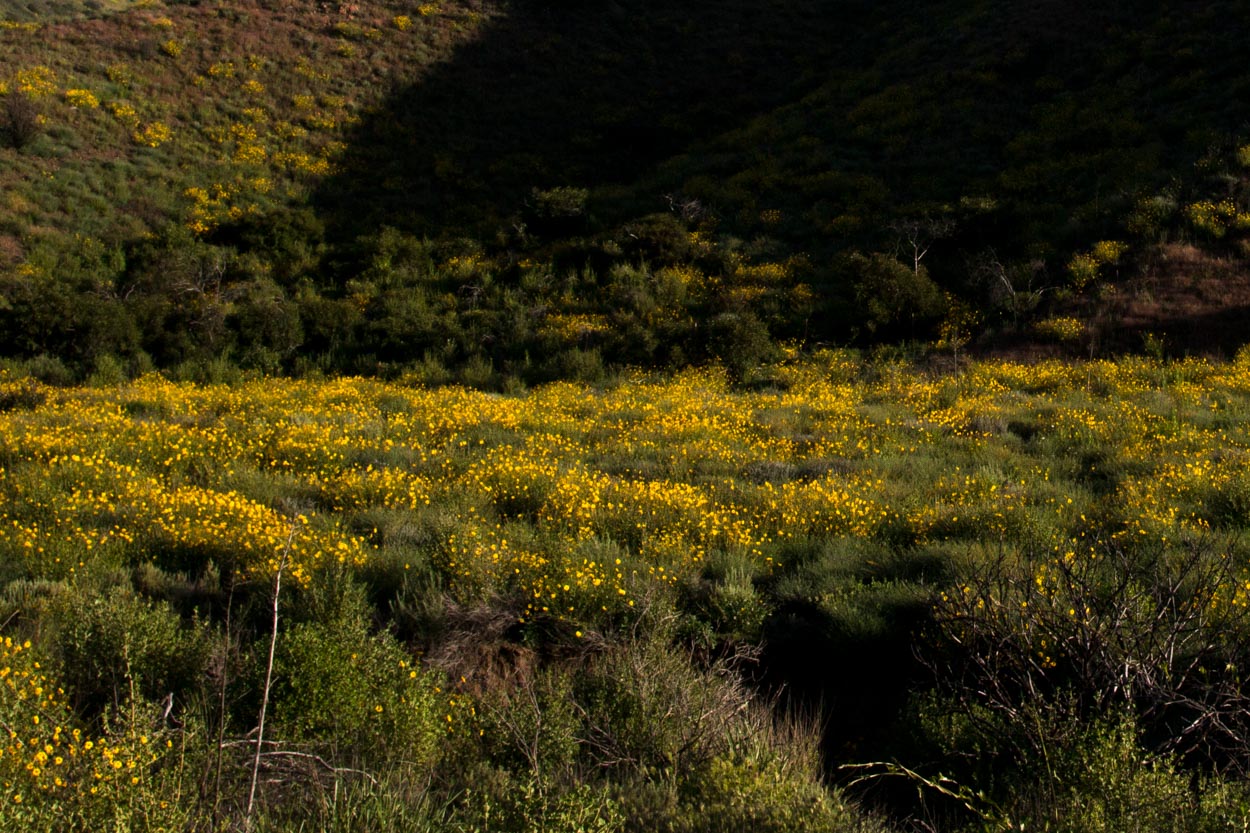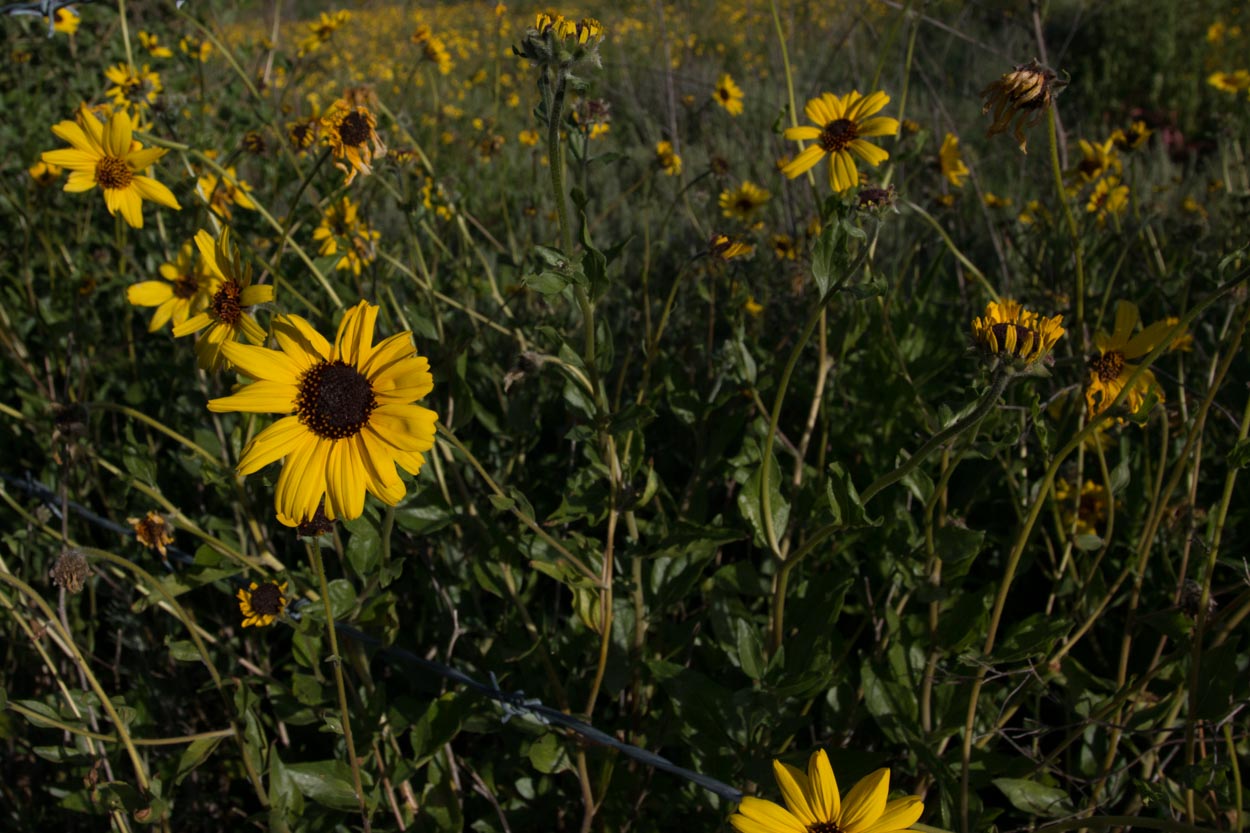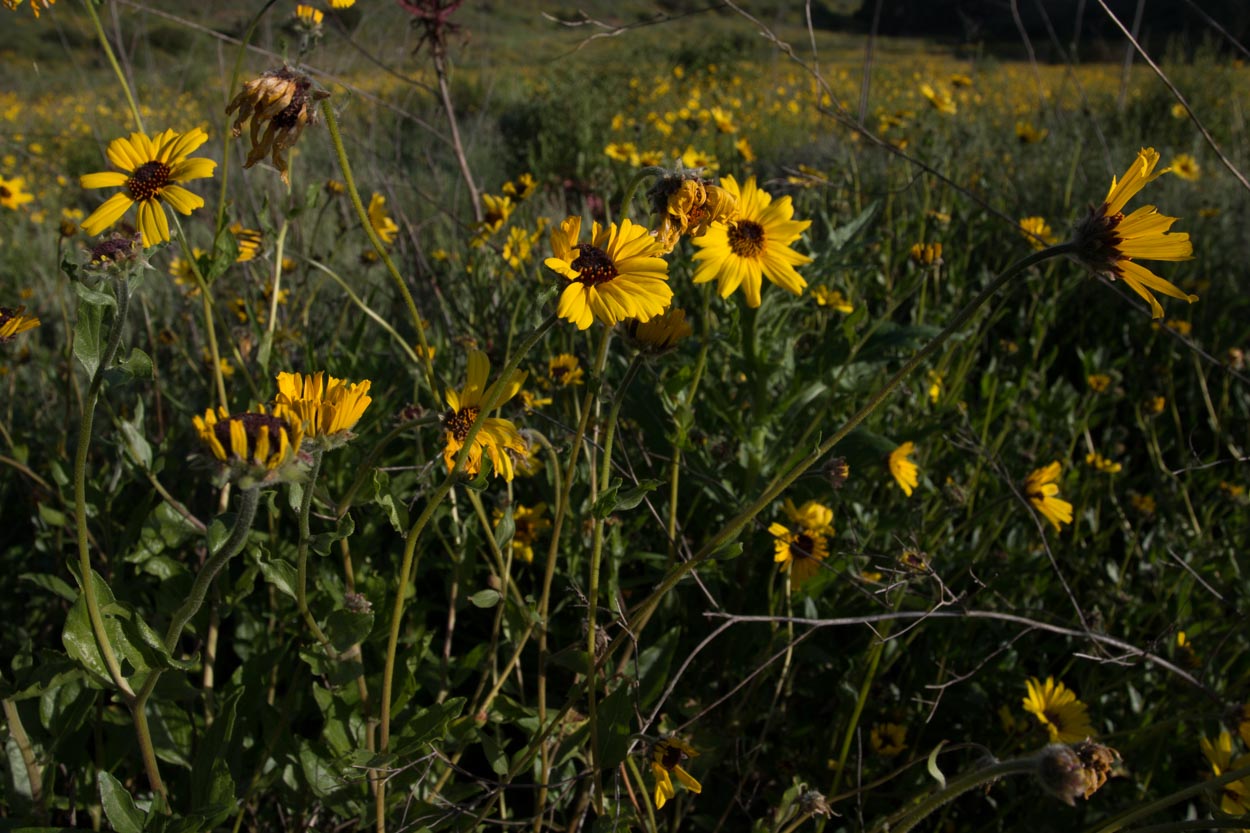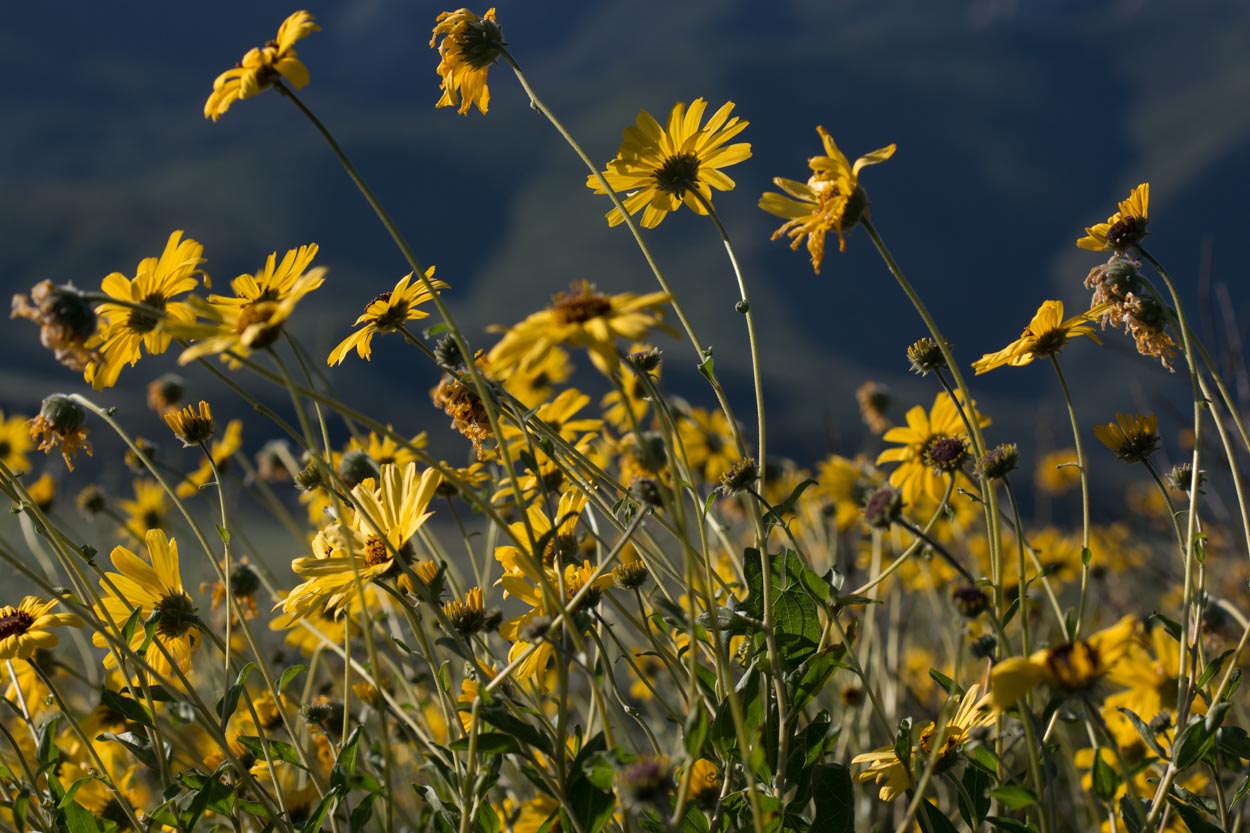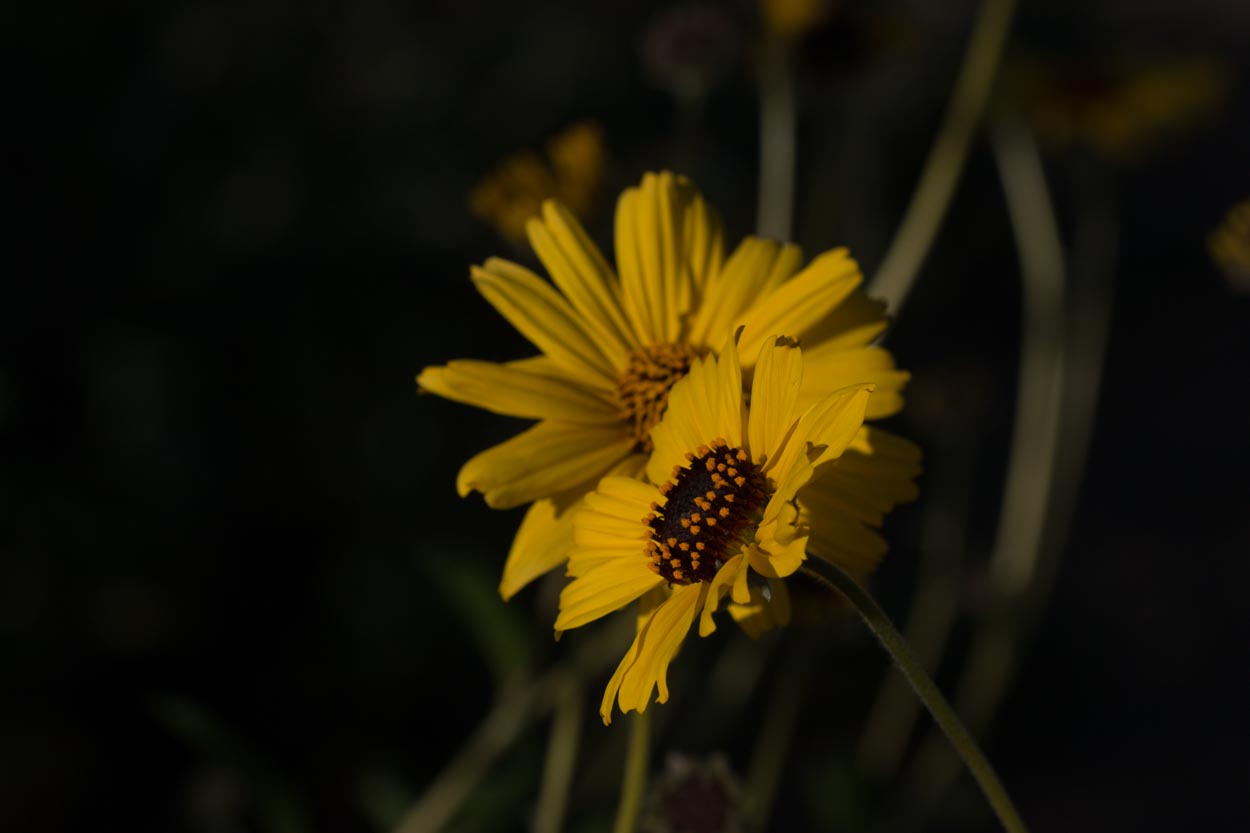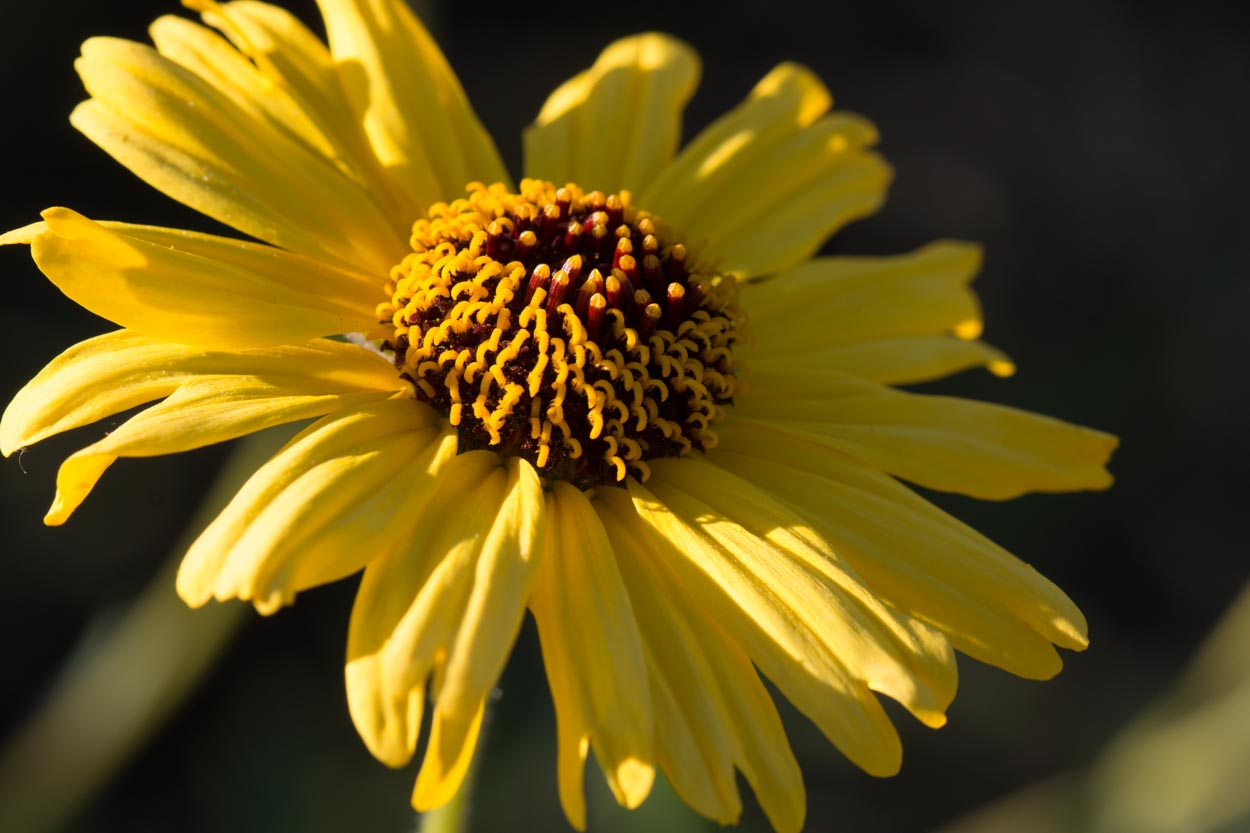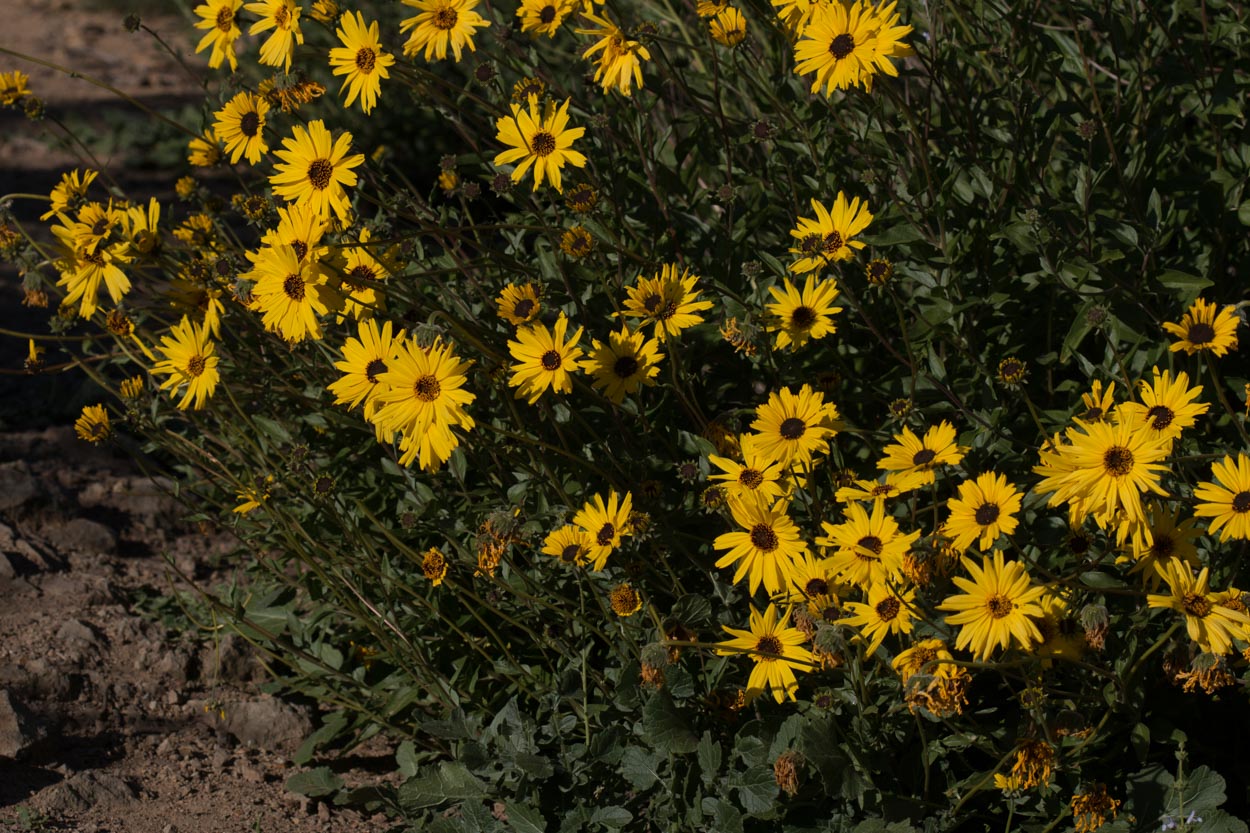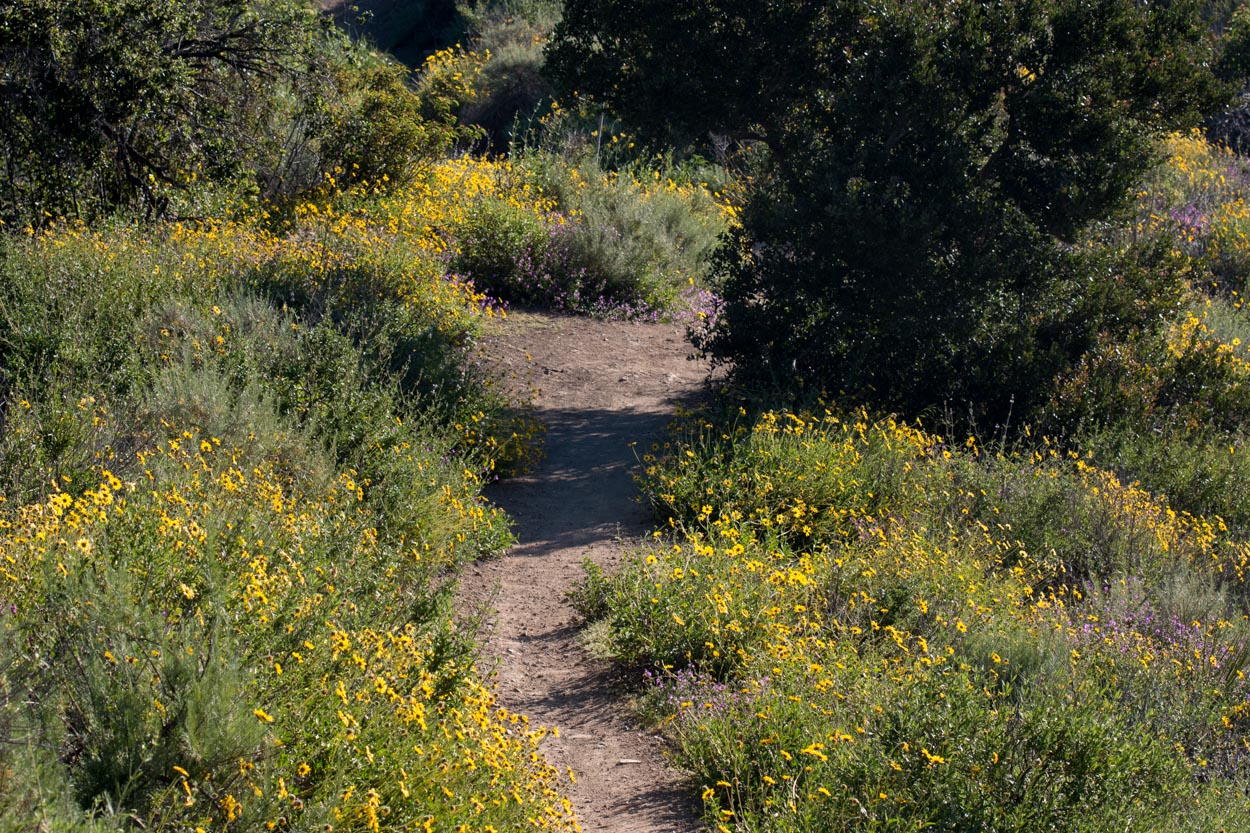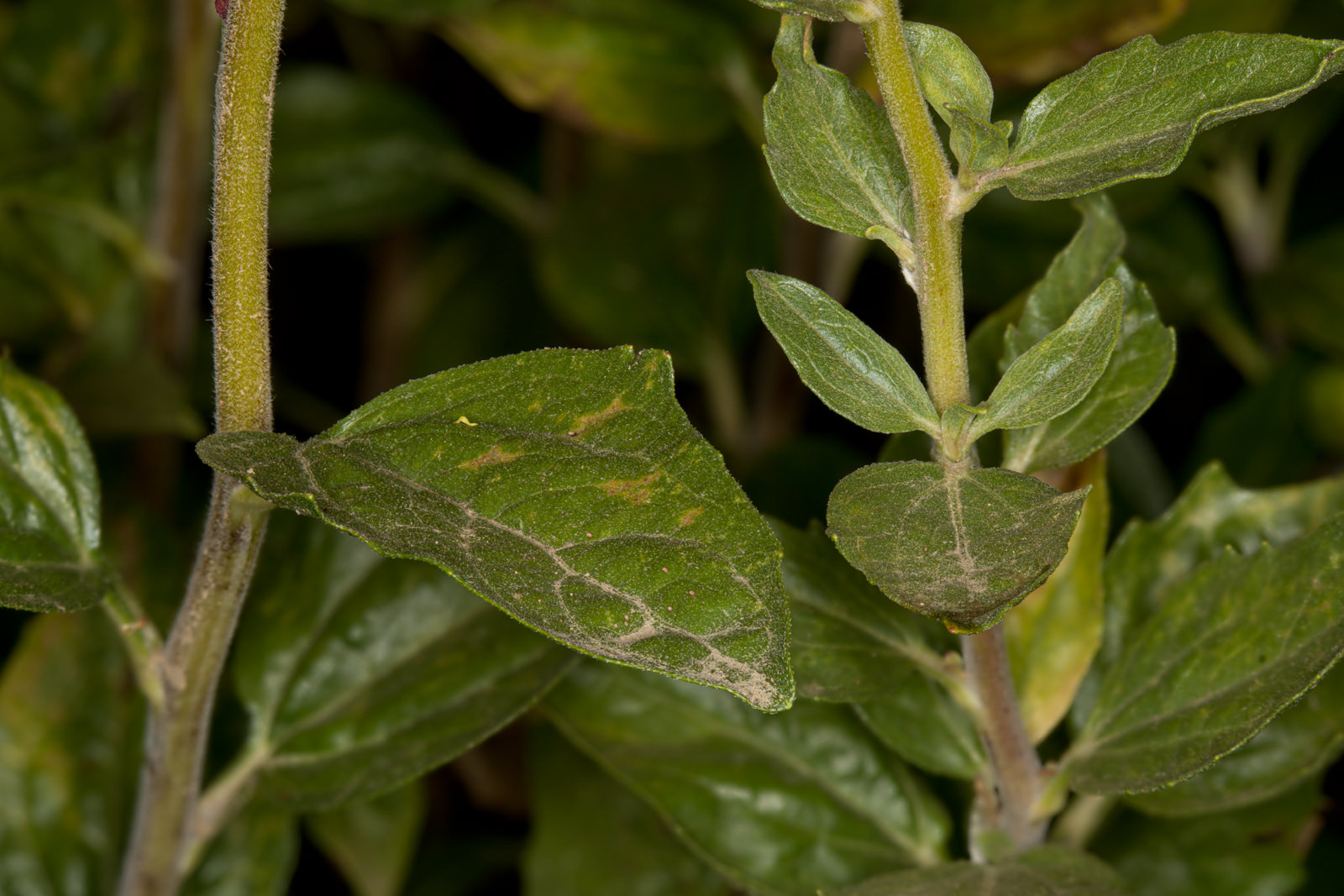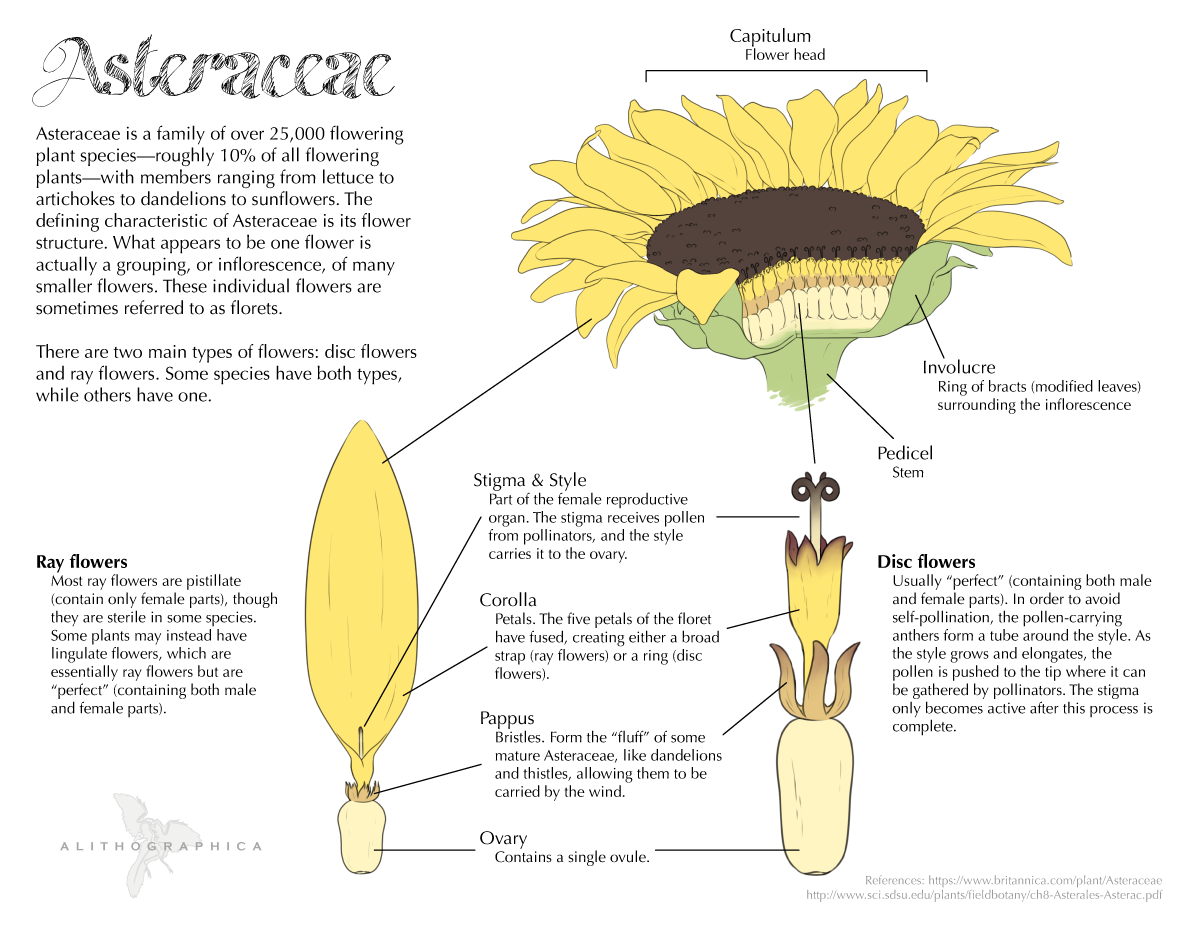Bush Sunflower
- Encelia californica
| Common Name(s): | Bush Sunflower |
| Scientific Name: | Encelia californica |
| Family: | Asteraceae (Sunflower) |
| Plant Type: | Perennial |
| Size: | up to five feet |
| Habitat: | Chaparral and Coastal Sage Scrub |
| Blooms: | December to August |
| Fire Response: | Stump Sprout or Seed |
The bright, showy yellow blooms of Bush Sunflower can be found dotting hillsides from February to June. This fairly common plant takes the shape of a much-branched shrub, with hairy grayish-green stems supporting alternating lance-shaped leaves 1 to 3 inches long. The solitary flowers are found at the ends of long stalks. The central disk of the flower is a brownish color (sometimes with yellow) and is up to an inch in diameter. Striking yellow ray florets extend from the brownish center, their lengths commonly a bit longer than the diameter of the disk.
Like other sunflowers, bees, butterflies and insects are attracted to the plant's blossoms. The Bush Sunflower does not tolerate frost, and thus is somewhat limited in its geographical range to the more moderate climates within California such as near the coast or in the lower-elevation foothills.
The genus name Encelia comes from Christoph Entzelt, a German clergyman and naturalist who lived in the 1500s and wrote about the medicinal uses of plants and animals.
Contributed by Liz Baumann
Aster diagram provided by Jenn Deutscher
Link to the artist's website
Featured Plants in the Asteraceae (Sunflower) Family:
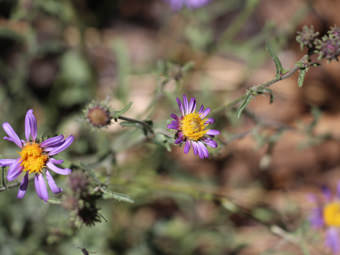
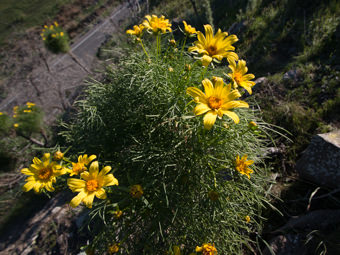
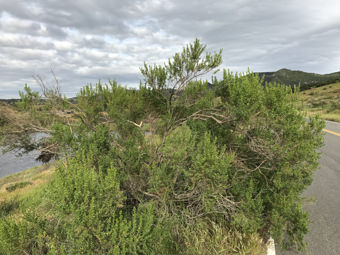
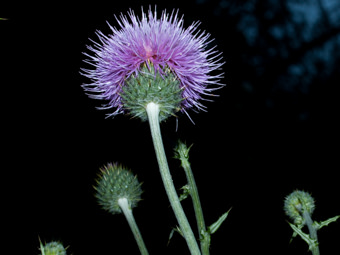
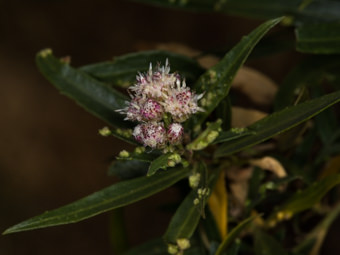
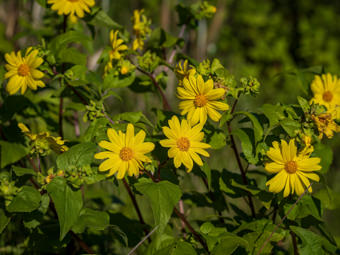
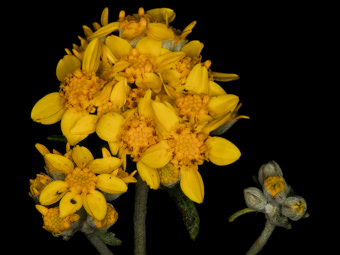
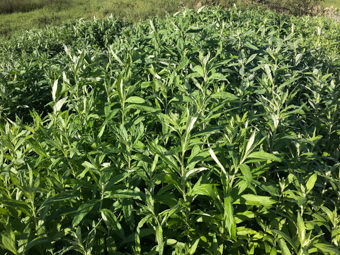
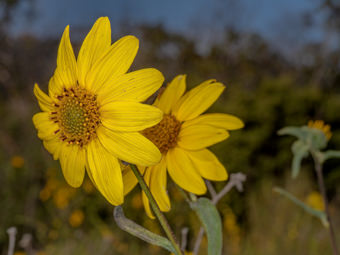
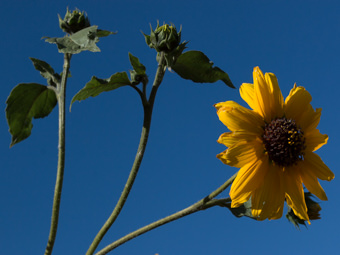
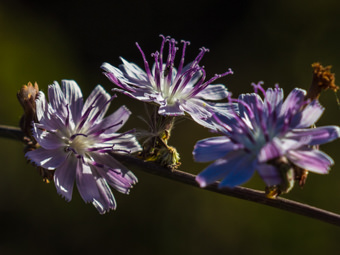
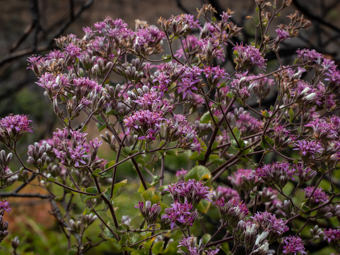
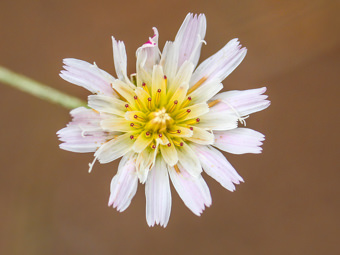
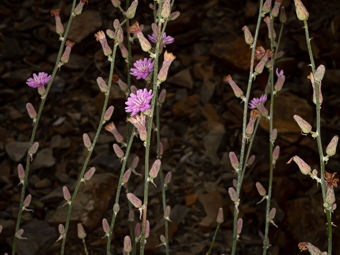
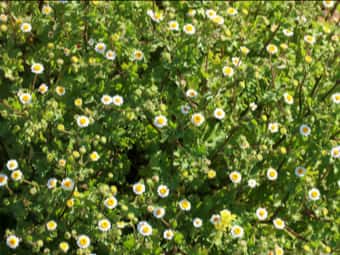

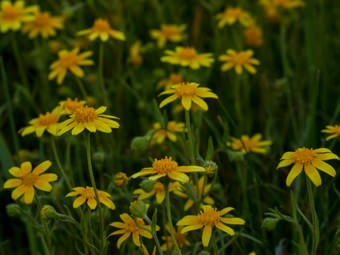
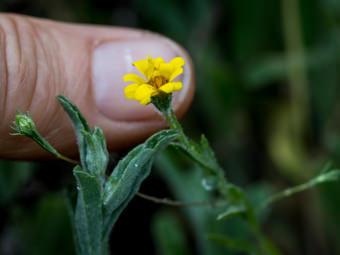
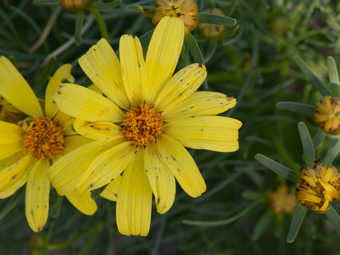
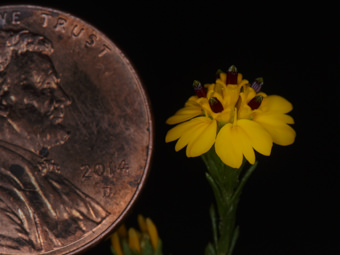

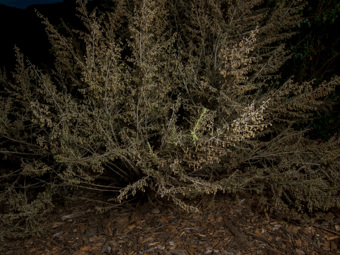

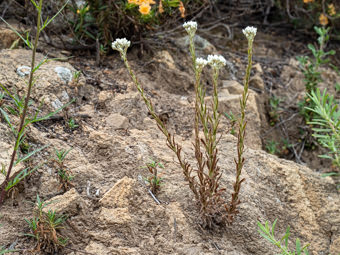
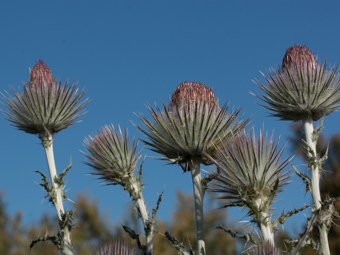
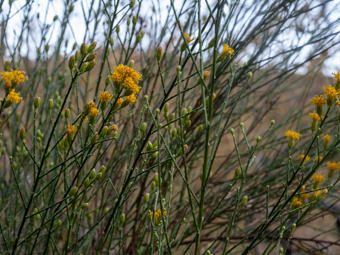
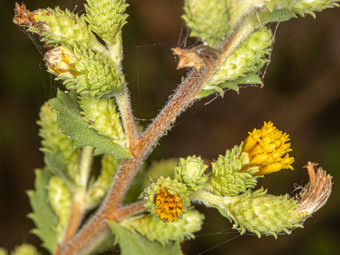
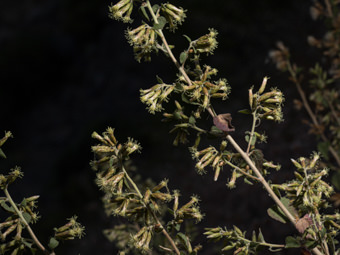
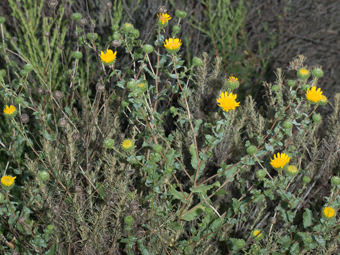
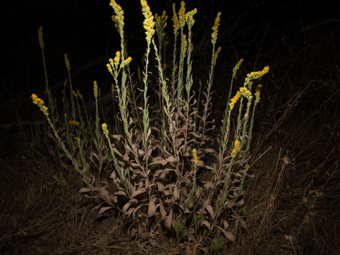
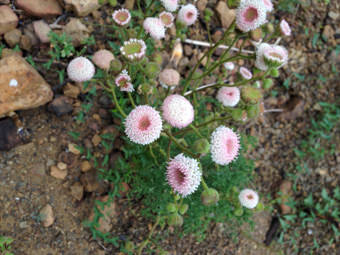
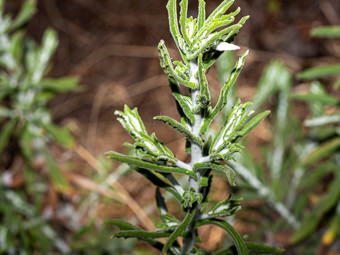
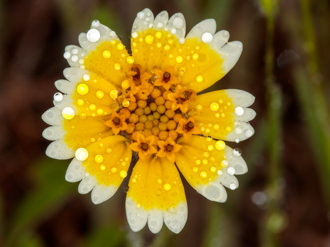
Last modified: May 17 2024 07:52:31.
Number of Images: 10
Image Size Total: 2,722,799
References:
Wildflowers of the Santa Monica Mountains, by Milt McAuleyFlowering Plants: The Santa Monica Mountains, Coastal and Chaparral Regions of Southern California, by Nancy Dale
Chumash Ethnobotany: Plant Knowledge Among the Chumash People, by Jan Timbrook
Leaf Shapes Primer - Botanical Terms for Leaves: - Link

